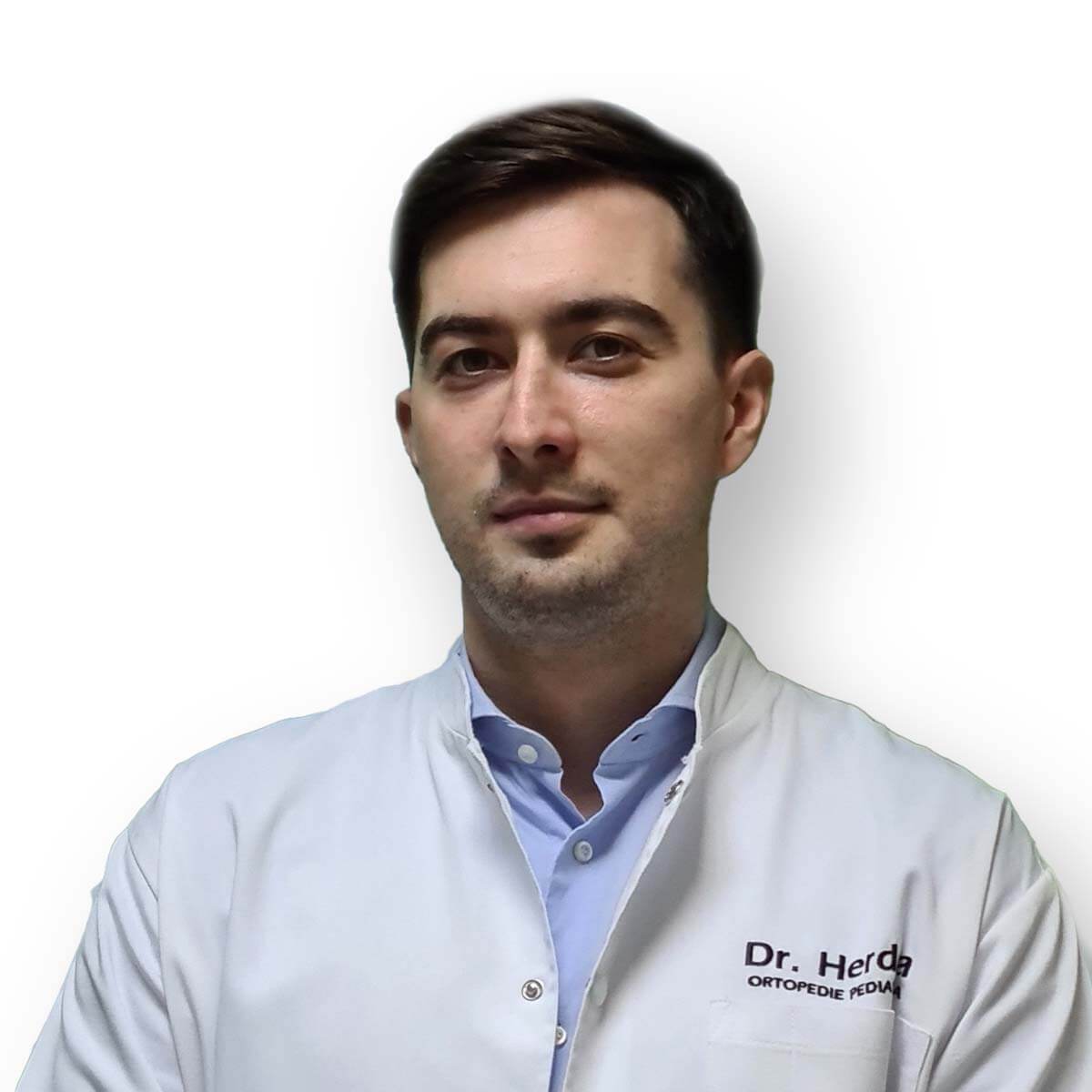Actualizat: 30-10-2024 / Publicat: 30-10-2024
Postpartum Recovery through Physical Therapy: How to Recover after Birth?

Your body undergoes significant transformations during pregnancy and childbirth, and a proper postpartum recovery is essential to regain your strength and well-being. Physical therapy plays a crucial role in this process, aiding in the recovery of physical health and improving the quality of life. In this article, we will explore the benefits of postpartum physical therapy and how it can help you recover after birth.
The Importance of Postpartum Recovery
The postpartum period begins immediately after the birth of the baby and usually lasts between 6 and 8 weeks, during which the mother’s body recovers and returns close to its pre-pregnancy state.[1][2]
A proper recovery is essential for the mother’s physical and mental health. Why? Because:
- it allows tissue healing, especially in the pelvic and abdominal areas – after birth, many women experience symptoms that can lead to functional limitations in the short or long term, including urinary incontinence, sexual dysfunction, fatigue, depression, and complex conditions; two common musculoskeletal disorders post-birth are pelvic floor dysfunction and diastasis recti (abdominal separation);
- it helps prevent complications – proper recovery can help prevent complications like urinary incontinence, pelvic organ prolapse, back pain, and infections;
- it aids in improving mental health – the postpartum period may be accompanied by hormonal changes that can affect mood; good physical recovery and proper support can help prevent postpartum depression;
- it allows a return to daily activities – proper recovery allows the mother to regain energy and gradually return to daily activities and social life.[1][2]
Physical therapy is an effective and safe way to support this recovery process.
The Benefits of Postpartum Physical Therapy: How It Helps You Recover after Birth
Postpartum physical therapy offers numerous benefits. Here are a few examples:
- strengthening the pelvic muscles – childbirth can weaken the pelvic floor muscles, leading to urinary incontinence or organ prolapse; specific physical therapy exercises help strengthen these muscles;
- pain reduction – many women experience back pain, pelvic pain, or joint pain after childbirth; physical therapy can help alleviate these pains through stretching and strengthening affected muscles;
- improving circulation – physical exercises stimulate blood and lymph circulation, which can help reduce swelling and eliminate toxins from the body;
- improving posture – pregnancy shifts the body’s center of gravity, affecting posture; physical therapy exercises correct these imbalances, helping restore and maintain proper posture;
- regaining muscle tone – physical therapy helps regain the muscle tone lost during pregnancy and childbirth, which can improve physical appearance and self-confidence;
- accelerating the recovery process – physical exercises promote tissue healing and can accelerate the recovery process after childbirth;
- preventing postpartum depression – regular physical activity has a beneficial effect on mood and can help prevent postpartum depression.[1][3]
When Can Postpartum Physical Therapy Begin?
The ideal time to start postpartum physical therapy varies depending on the type of birth and the general health of the new mother. After a natural birth, physical therapy can begin as early as the second day after delivery, if approved by the obstetrician, with gentle exercises aimed at toning the abdominal and pelvic muscles.[1][3]
In the case of a cesarean delivery, the waiting period is slightly longer. Generally, a break of at least six weeks is recommended, during which the body recovers from surgery. The obstetrician will be the one to give the green light for starting physical therapy, depending on the progress of the scar and the mother’s overall health.[1][3]
It is important to note that, regardless of the type of birth, consulting a doctor before starting a physical therapy program is essential. The doctor can provide the best recommendations based on the specifics of each case.[1][3]
What Does a Postpartum Physical Therapy Program Involve?
.jpg)
A postpartum physical therapy program is customized for each woman, considering factors such as pregnancy progression, type of delivery (natural or cesarean), physical condition, any complications, and the postpartum period she is in.
Generally, such a program may include:
- pelvic floor exercises – Kegel exercises strengthen the pelvic floor muscles and are essential for restoring this area affected during pregnancy and childbirth;
- abdominal muscle strengthening exercises – proper abdominal muscle training helps restore muscle tone and improve posture;
- back exercises – these are designed to strengthen the back and shoulder muscles, which are important for reducing back pain and improving mobility;
- breathing exercises – support respiratory recovery and aid relaxation;
- manual therapy – includes mobilizations and massages, helps reduce muscle tension and improves mobility.[1][3]
The specific exercises and techniques included in the physical therapy program to aid your postpartum recovery will be determined by consulting a physical therapist. After a careful assessment of your health and needs, the therapist will set therapy goals and create a personalized postpartum recovery plan.[1][3]
Tips for Effective Postpartum Recovery
- Be patient: Full recovery after birth can take several weeks or even months, so be gentle with yourself.
- Listen to your body: If you feel pain or discomfort, stop and talk to your physical therapist.
- Adopt a healthy lifestyle: A diet rich in proteins, vitamins, and minerals can help restore the body after birth. It is important to avoid restrictive diets or those promising rapid weight loss, as they can negatively affect recovery and deprive the body of necessary nutrients.[2]
Postpartum physical therapy is an investment in your health and well-being. With the help of a personalized physical exercise program, you can recover faster after childbirth, feel better in your body, and fully enjoy this special period in your life!
References:
- Critchley, Claire J C. „Physical Therapy Is an Important Component of Postpartum Care in the Fourth Trimester”, Physical Therapy, vol. 102, no. 5, 24 Feb. 2022. Accessed on Oct. 24, 2024.
- Lopez-Gonzalez, Diorella M, and Anil K Kopparapu. „Postpartum Care of the New Mother”, StatPearls Publishing, Dec. 11, 2022. Accessed on Oct. 24, 2024.
- „Postpartum Physical Therapy: How It Works”, Verywell Health, 2021. Accessed on Oct. 24, 2024.
BUCHAREST TEAM
CLUJ NAPOCA TEAM
BRASOV TEAM
MAKE AN APPOINTMENT
FOR AN EXAMINATION
See here how you can make an appointment and the location of our clinics.
MAKE AN APPOINTMENT


















































































































